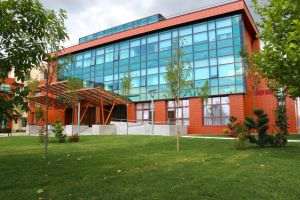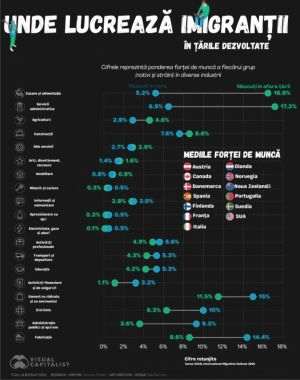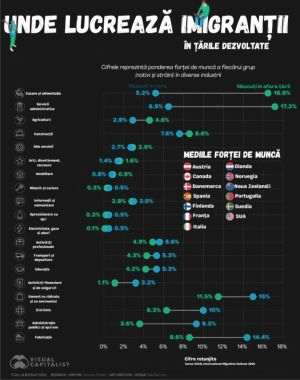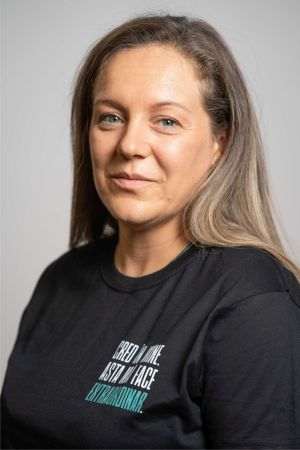Paula Bulzan,Arad
World Bank representatives have verified the proper execution of the loan agreement for the project regarding the rehabilitation of major deficiencies in the sewerage system of Arad City. Mayor Gheorghe Falca stated that three representatives of the World Bank had spent two days interviewing representatives of the Project Implementation Unit of the City Hall and of the consultancy firm, Pell Frischman-Romair Consulting. The World Bank delegation comprised a financial specialist responsible for the project, a procurement specialist and an environment specialist. The three representatives of the World Bank also visited the three districts of Arad City - Gai, Bujac and Sanicolau - where the project was being implemented.
"The World Bank specialists reviewed in detail the implementation of the project to date, being particularly interested in the observance of the provisions of the loan agreement, the environmental regulations and the occupational health and safety regulations. They were also very interested in the observance of the Bank"s reporting requirements, the current phase of the works, the social impact of the project and the financial status of the City. The three representatives of the World Bank said they were very pleased with all the aspects under review and would reflect that in their report," said Mayor Falca. The World Bank report will be made public as soon as it reaches the Arad City Hall.
The contract titled "Urban Services in the Municipality of Arad - Rehabilitation of Urban Areas with Major Deficiencies in the Sewerage System" is worth 70 million EUR, of which 47.2 million EUR was borrowed from the World Bank. The contract stipulates the expansion of the sewerage system and rainwater drainage system in the districts of Bujac, Gai and Sanicolaul Mic and the rehabilitation of the road infrastructure affected by such works. The loan was granted for 17 years with a 5-year grace period.
The project is intended to reduce the pollution of groundwater, soil and the river Mures and create a strong social and economic impact. The sewerage and rainwater drainage systems are sized so as to sustain also the nearby industrial areas, which are currently expanding quite strongly. According, to the project, approximately 25,000 people will be given access to sewerage services and waste water treatment services. Additionally, 84 kilometres of streets will be rehabilitated, while 81 square kilometres in Arad will be protected from floods. After the project is completed, the sewerage system coverage of Arad City will increase from 68% to 96%.
The project also includes massive investments in road rehabilitation, which is financed from the sewerage budget. According to several studies made for the project, 50% of the streets in the district of Gai are dirt roads, while the remaining 50% are paved with cobblestone. The situation is similar in the district of Bujac. However, 88% of the streets in the district of Sanicolaul Mic are dirt roads. At the end of the sewerage project, all streets will be asphalted. Specifically, 58 streets in Gai, 73 streets in Bujac and 22 streets in Sanicolaul Mic will be paved. Additionally, sidewalks will be built or repaired. Overall, approximately 15,000 people will have the option to give up makeshift septic tanks and switch to the sewerage system.


























































